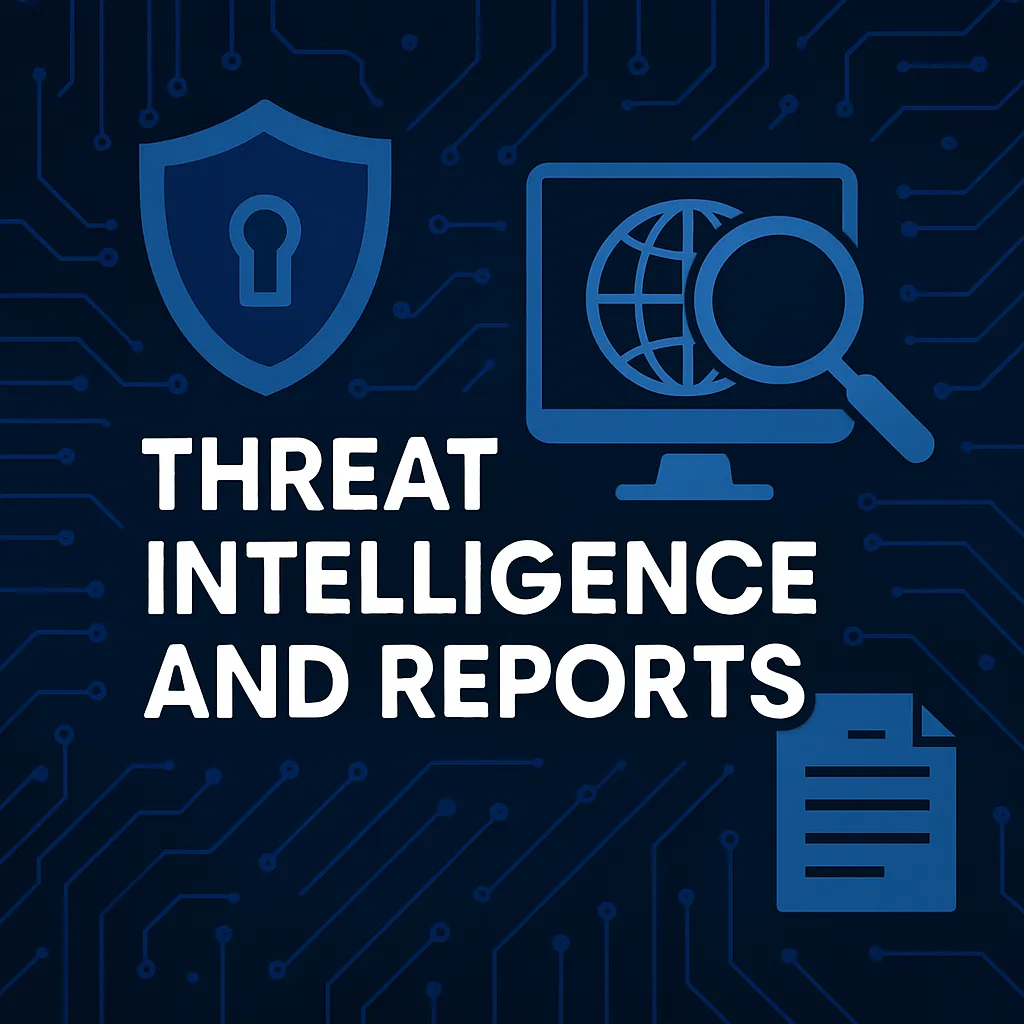Enhancing Risk Management through Threat Intelligence: A Deep Dive
Incorporating threat intelligence into risk management strategies is crucial for optimizing cybersecurity postures in any organization. A recent article from Digiworld.news elaborates on this critical relationship, highlighting the fundamental processes of identifying, assessing, and responding to cyber risks as outlined in the latest Cybersecurity Framework. You can read the full article here.
Understanding Threat Intelligence
Threat intelligence involves the collection and analysis of information about potential or current attacks that threaten the security of an organization. This data is used to prepare, prevent, and identify cyber threats looking to take advantage of valuable resources.
Risk Management and Cybersecurity
Risk management in the context of IT security means understanding the potential risks to your systems, data, and capabilities. It involves evaluating and prioritizing these risks to implement strategic security measures. Integrating threat intelligence into risk management processes enhances the ability to make informed decisions about security policies and procedures.
Practical Applications of Threat Intelligence in Risk Management
- Predictive Analysis: By utilizing threat intelligence, organizations can not only react to threats but also predict potential future attacks, allowing them to implement proactive defenses.
- Resource Allocation: Better understanding of the threat landscape ensures that resources are allocated more effectively, concentrating on areas of highest risk and potential impact.
- Policy Development: Insights from threat intelligence inform the development of more robust security policies and protocols, tailoring them to the specific threats an organization is most likely to face.
Conclusion
The integration of threat intelligence into risk management frameworks provides a comprehensive view of an organization's threat landscape, facilitating better defense mechanisms and more robust protection against cyber threats. For any organization aiming to upgrade its cybersecurity strategy, leveraging threat intelligence is not just optional; it is essential.
Emphasizing a proactive stance informed by detailed intelligence markedly increases the resilience of organizations to cyber threats, ensuring that they are prepared not just for the threats of today, but also for those of tomorrow.
